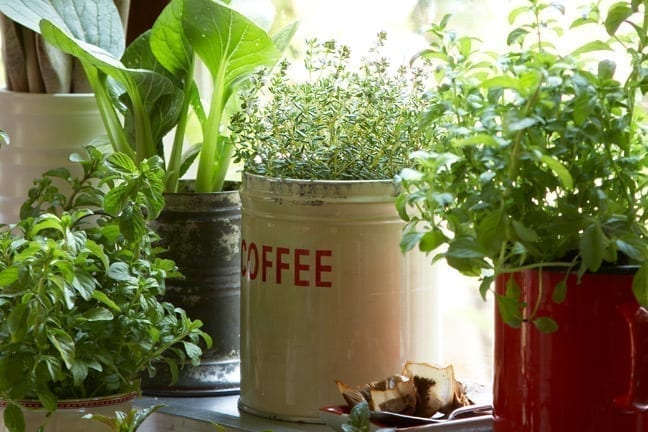Chances are, when a queasy stomach crops up or a case of the sniffles strikes, you reach for your trusty over-the-counter remedy in your medicine cabinet. But many people around the world turn to plants to naturally cure what ails them.
For much of her life, Cherrybelle Williams, a resident of the small Caribbean island of South Caicos, had no choice but to rely on plant remedies for various aches, pains and illnesses. “Those days, we didn’t have any doctors so we had to go with our bush medicine, because that was all we had,” says the 85-year-old Williams, who learned everything she knows about plant medicine from her aunt.
Even today, she’s more likely to boil up the leaves of local plants like sarsaparilla or balm of Gilead to bring down a fever than she is to reach for the ibuprofen. And although modern medicine is readily available in the Turks and Caicos islands, many residents still favor simple plant remedies, handed down from generation to generation, rather than conventional medicine (albeit that 70 percent of the ingredients in Western, mainstream medicine are derived from plants) to treat a cold, cough and an upset stomach.
READ MORE: Natural Relief for Upset Stomachs
Of the 420,000 flowering plant species in the world, around 30,000 of them have been used medicinally by different cultures across the globe, but within that group, just a few hundred figure in the European pharmacopeia, notes Michael Balick, Ph.D., vice president for botanical science, and director and philecology curator of the Institute of Economic Botany at the New York Botanical Garden, which is currently hosting one of the most detailed exhibitions ever on medicinal plants.
“It’s estimated that around 4 billion people across the world get some aspect of their primary health care medications directly from plants through traditional medical systems—well known and carefully documented ones, such as traditional Chinese Medicine, as well as lesser known systems, such as on small islands in the Pacific Ocean,” Balick says. “Four or five thousand years ago, Indian and Chinese cultures produced great books that featured thousands of medicinal plants and thousands of possible combinations of those plants for healing purposes and in many other cultures, plant medicine has been passed along orally. In the West, therefore, we still have a lot left to learn.”
Plant medicine is also complex, and experts caution that medicinal plants must be approached with care. That’s because every plant family is made up of both safe, non-toxic species and highly toxic varieties, so as much as medicinal plants can heal, they can also harm if you don’t know what you’re doing.
READ MORE: Your Guide to Alternative Medicine
“So many people think blindly that nature is good, and nature is good,” says Didier Roguet, an ethno-botanist and chief conservator at the botanical garden in Geneva, Switzerland. “But nature can also be dangerous, so dosing and recognizing different plants is very important.”
Take Belladonna for example, a popular plant whose leaves and roots are used for medicinal purposes because they have properties that can help with nausea, upset stomach and travel sickness. “You have to take the correct dose, though, because if you overdose Belladonna, you’ll end up in your grave,” Roguet says. Yipes.Even simple aromatic plants such as oregano, thyme and rosemary—all of which have medicinal properties—must be consumed with caution and moderation.
“Rosemary contains certain toxins that are poisonous for the cells of your liver, so if you take it every day for a long time—if you drink a cup of rosemary tea every night for 20 years—it can have adverse effects,” Roguet says. “The same goes for thyme and mint, so you have to be reasonable to get the best out of these plants.”
READ MORE: How Safe Is Alternative Medicine for Your Child?
Still, more people die every year in the U.S. from over-the-counter medication than from consuming plants, according to David Winston, a Broadway, N.J.-based herbalist and ethno-botanist with over 40 years of training in Cherokee, Chinese and Western herbal traditions.
While there’s no denying that certain plants can be highly toxic, and it’s important to consult with a trained practitioner who has the requisite knowledge of plants to be able to dose them properly, consuming reasonable amounts of simple plants—like the ones featured in our gallery—benefit your overall health.




































